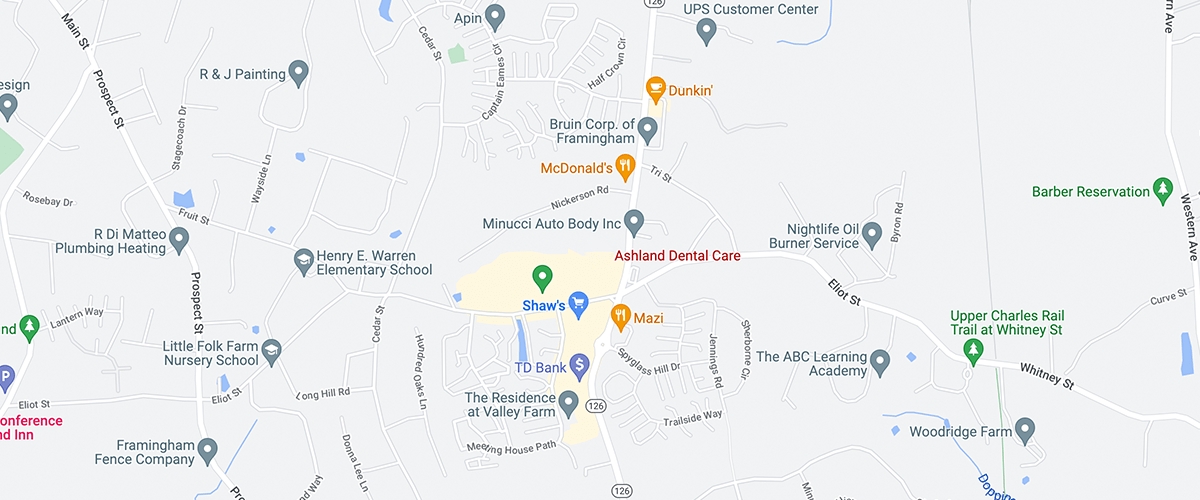Intraoral Cameras
August 11th, 2021

It seems today’s technology has made every moment a camera-ready opportunity. (Just check your friends and their latest selfies.) What you may not expect is the opportunity to see a close-up of your teeth and gums in vivid detail the next time you’re in our office. But with intraoral cameras, our doctor can use the most up-to-date tools to provide your most accurate diagnosis—and let you see for yourself exactly what we’re seeing.
Intraoral cameras were developed in the 1980s. This camera makes use of a sleek wand-style design to fit easily into your mouth. Using a camera lens and its own lighting, the camera is able to show hard-to-reach places in the mouth much more clearly and easily than can be seen using dental mirrors alone. Images are projected onto a monitor or screen, where both dentist and patient can get a detailed view, and images can be enlarged, if needed, to provide better definition.
What can an intraoral camera reveal? While X-rays are invaluable for discovering treatable conditions such as cavities, infections and bone diseases, there are some conditions that are not easily apparent using X-rays alone. Small cracks in a tooth, developing cavities near crowns or older fillings, fractures, early gum disease, even areas where plaque has been missed during brushing are visible in clear detail using the intraoral camera.
How does this improve your dental care?
- We always want to use the least invasive procedure we can, and keep as much of your healthy tooth as possible. Finding small problems early prevents them from becoming large problems later.
- If you are consistently failing to brush certain teeth, or if some areas of your gums show signs of neglect, we can show you directly what places you’ve been missing so you can adjust your brushing and flossing habits.
- We can take photos if needed for your files so we have a detailed visual record of your dental status at any point in time.
- Finally, you will be able to see for yourself the reasons we might suggest certain treatments, and be better informed about your own dental health.
We’re happy to offer the intraoral camera at our Ashland office as one of the tools we use to provide you with the most precise and thorough care possible. Ready for your close-up?



